
Harvey Point Defense Testing Activity, Hertford, NC, 1959
In April of 1951, the US Navy proposed creating a “Seaplane Striking Force” for both nuclear and conventional warfare, reconnaissance and mine-laying. Being seaplanes, this force would be mobile, and would have essentially unlimited and indestructible runways, and would (coincidentally) allow the Navy to claw back some prestige from the USAF’s SAC, which monopolized the US nuclear strategic role with its fleets of B-29, B-36, B-47, B-50 and B-52 bombers after WWII.
Consolidated Vultee Aircraft Corporation of San Diego (Convair) supplied two fighter concepts to the SFF, the XFY-1 Pogo VTOL and the XF2Y-1 Sea Dart seaplane, and the XP5Y patrol bomber flying boat, which was later reworked into the R3Y-1 Tradewind cargo/troop carrier. All four planes suffered from either airframe or engine issues however, and none were successful.
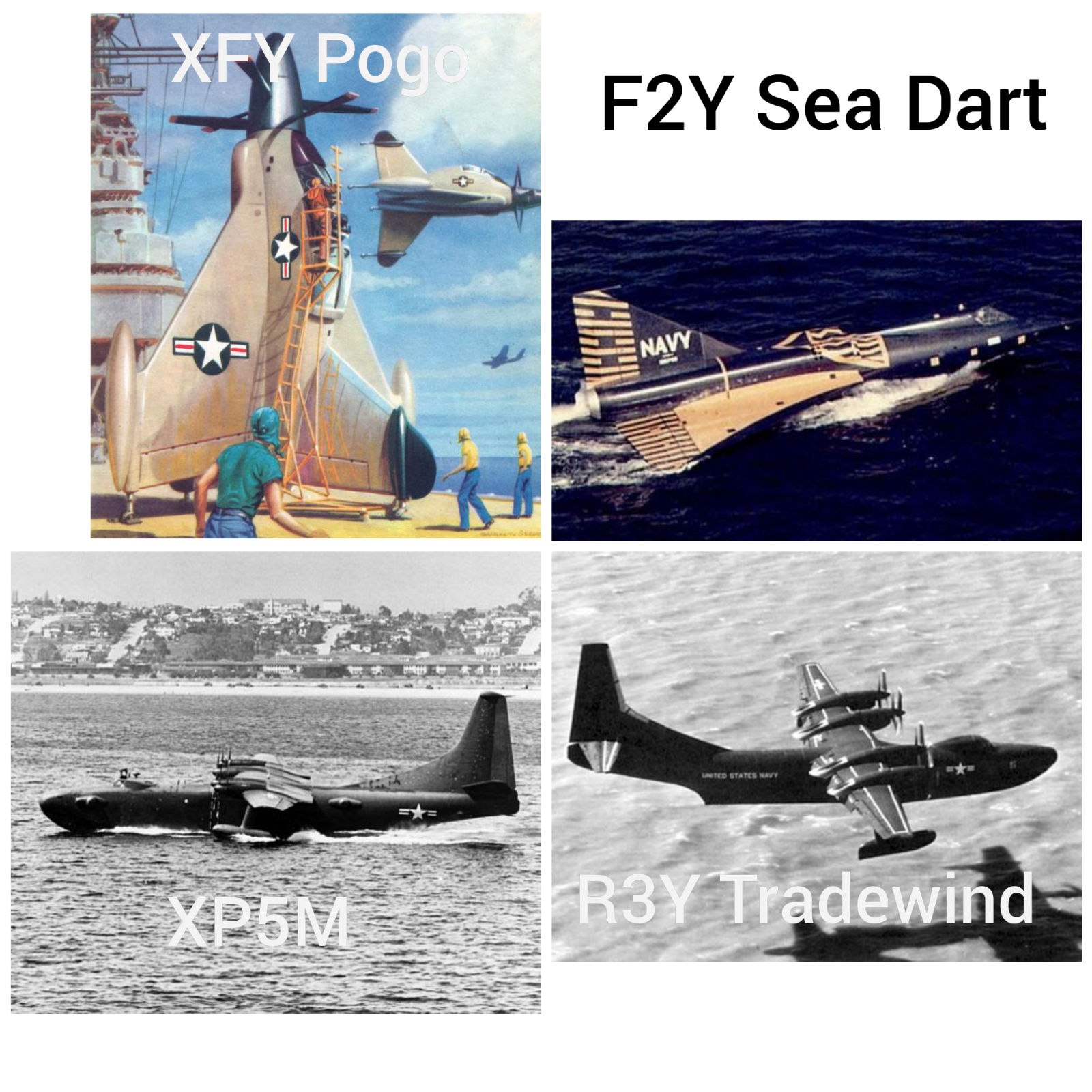
The Glenn L Martin Company submitted a swept wing, jet-powered flying boat which shared the all-flying T tail of its XB-51 bomber, as well as the rotating bomb bay which was practically a Martin signature. Power was to be provided by the P&W J58 (yeah, same as the OXCART/YF-12/SR-71), though the (much) less powerful Allison J71-A-4 engines were used on the initial XP6M-1 prototypes.
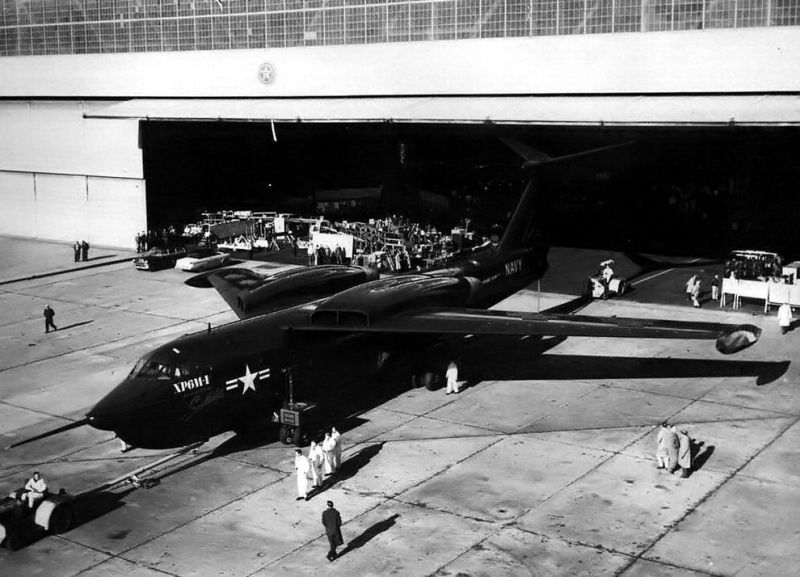
The first flight of the XP6M-1 was on 14 July 1955, and test flights showed promise, however they also showed that the engines were placed too close to the fuselage, and that engaging the afterburners would scorch the plane. The first SeaMaster was destroyed on 7 December 1955 (seriously, not a good date for the USN), when the controls malfunctioned and the horizontal tail went full up. The airplane broke apart at 5,000 feet after being subjected to a 9 g outside loop, crashing into the Potomac River and killing the crew of four.
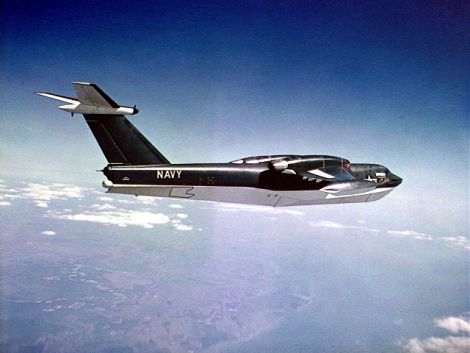
The second XP6M-1 first flew on 18 May 1956, but crashed on 9 November after an elevator jack failed at 21,000 feet, putting the plane into a nose up climb similar to the accident that claimed the first SeaMaster. The crew were unable to bring the nose back down, and ejected.
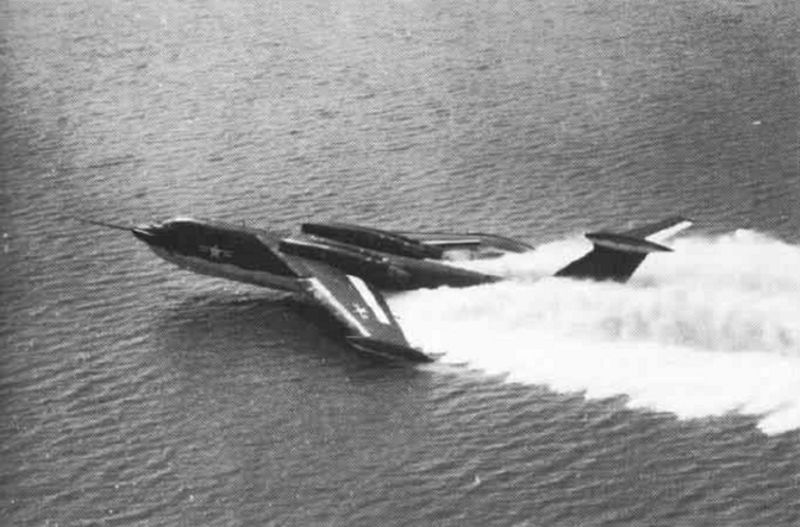
The modified YP6M-1 first flew in January 1958, followed by five more. At this point, testing was moved to Harvey Point, and the aircraft were fitted with test versions of the full combat suite, and were used for bombing, mine laying and recon evals. This test phase revealed severe issues with the -1, including reliability issues with the J71 engines, spray ingestion at higher weights, and a tendency to porpoise at certain trim settings. At this point, the P6M-1 program was cut, and Martin and the Navy began work on an improved version.
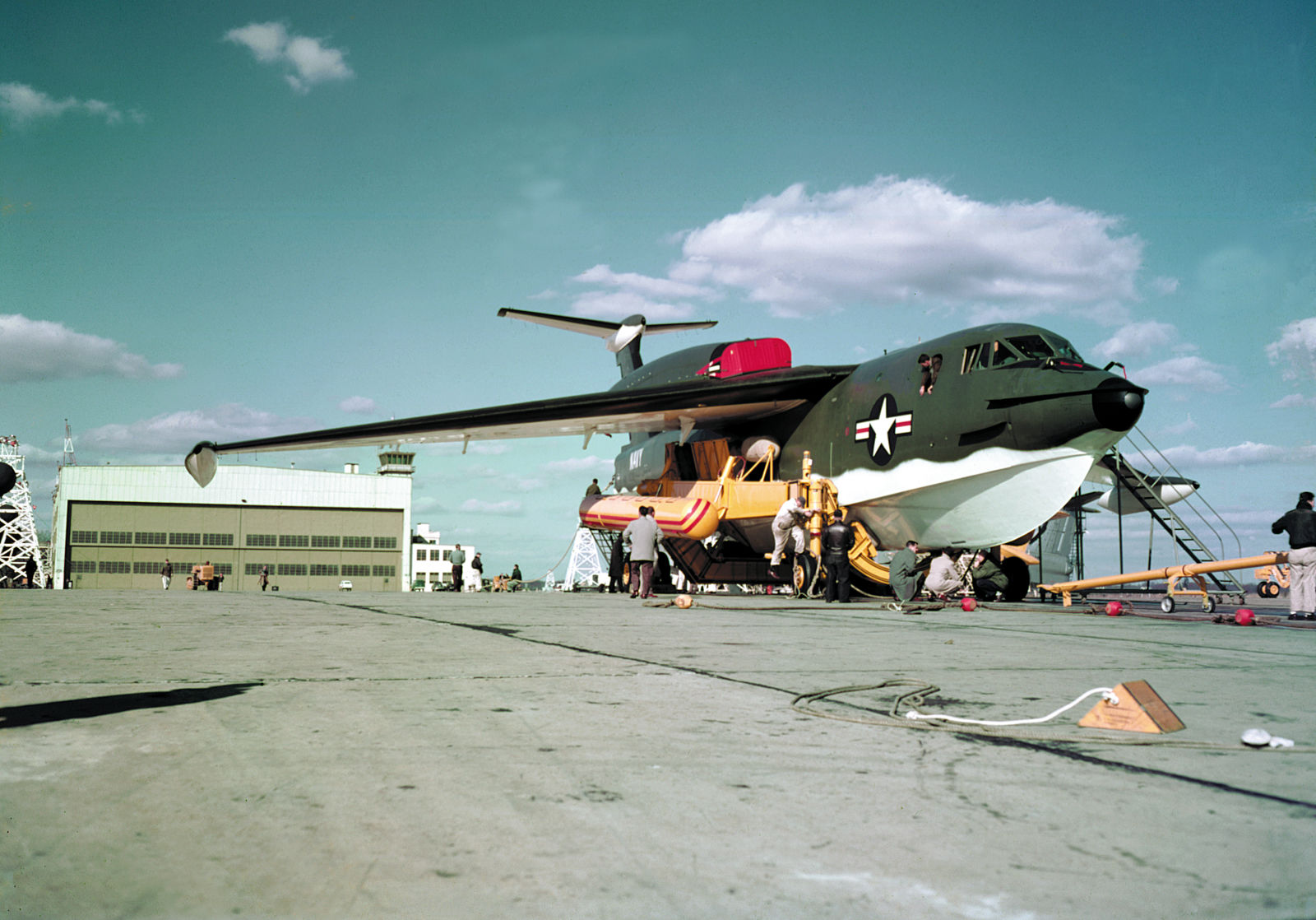

The P6M-2 would be an operational aircraft, and featured a switch to P&W J75 engines, an aerial refueling probe as well as a buddy refueling system, improved avionics and a redesigned canopy for better visibility. The first was rolled out early in 1959, and three were built by that summer. The -2 aircraft were quick, capable of Mach 0.9 on the deck, and ruggedly built, with skin thicknesses of over 1 inch at the roots. The change in engines however had induced serious control and maneuverability issues, with the new airplanes experiencing compressibility above Mach 0.8, resulting in rapid changes in directional trim, severe buffeting, and wing drop which required high control inputs to counter. Martin was sure it could iron out these issues, but in August the Navy informed Martin that the P6M was canceled, and that all development work was to cease. The program was behind schedule and over budget, and by this point the Navy was no longer interested in the SFF; with the USS George Washington, armed with the first SLBMs, set to enter service in December of that year, the time for the SeaMaster had run out.
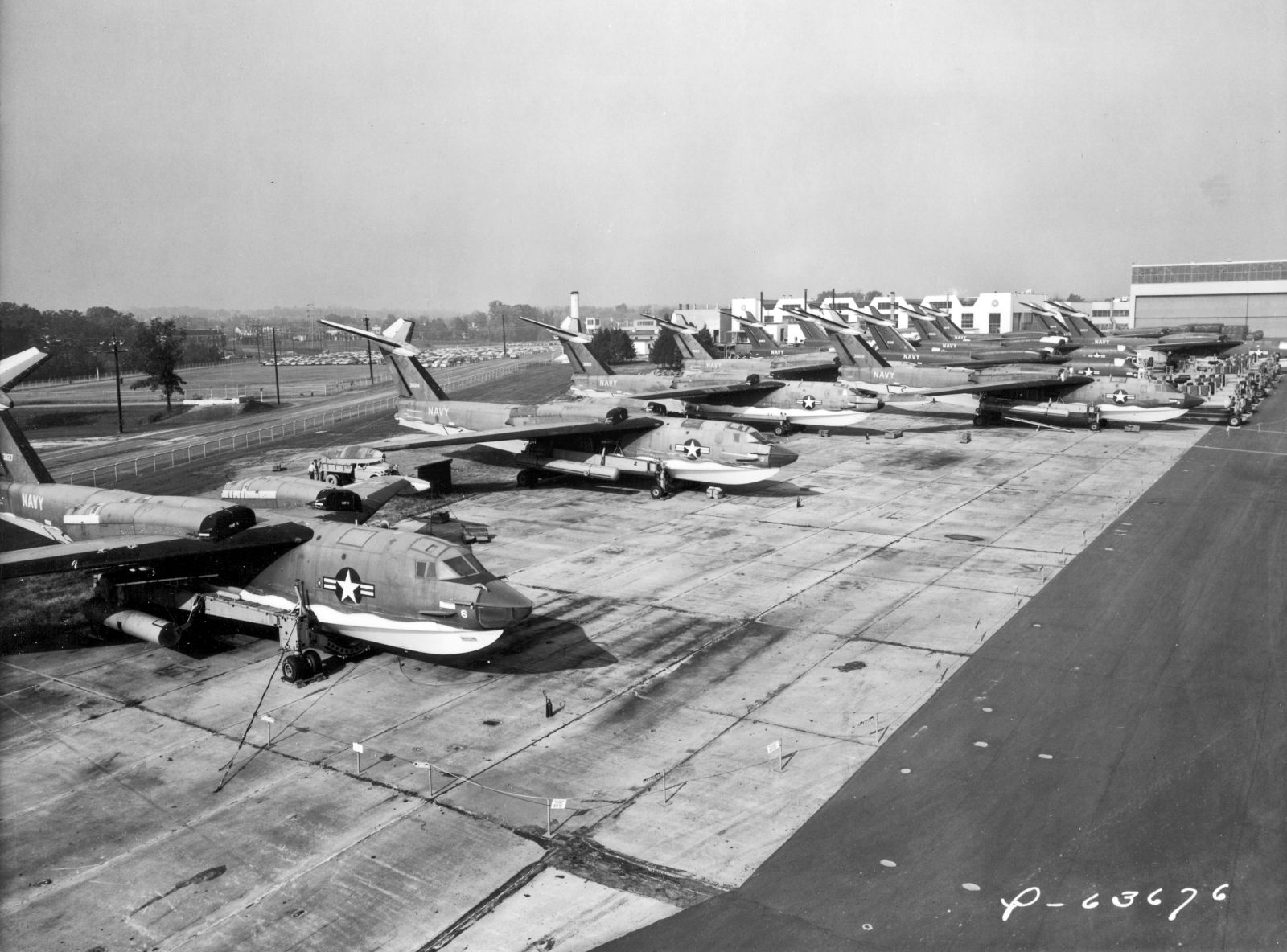
Martin attempted to interest airlines in the P6M, offering an enlarged passenger version called the Model 307 ‘SeaMistress’, but there were no takers, and the remaining P6Ms were scrapped.

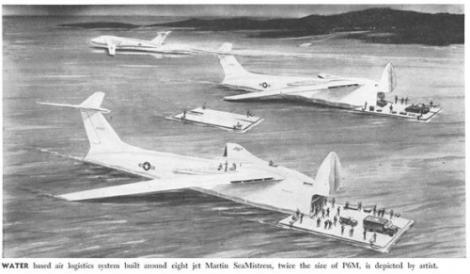
The SeaMaster was Martin’s last airplane, which abandoned aircraft for missiles and electronics. Martin merged with American Marietta Corp in 1961, forming Martin Marietta, which built missiles and rockets, including the AGM-12 Bullpup, Titan family of ICBMs and space launch vehicles, the Atlas launch vehicles (acquired from General Dynamics) and the Viking, Magellan, and Mars Polar Lander space probes. Martin Marietta also produced paints, dyes, metallurgical products, construction materials, and other goods, as well as the Monorail for Walt Disney World. The company was acquired by Lockheed in 1995, though it later spun off Martin Marietta Materials as a separate company.